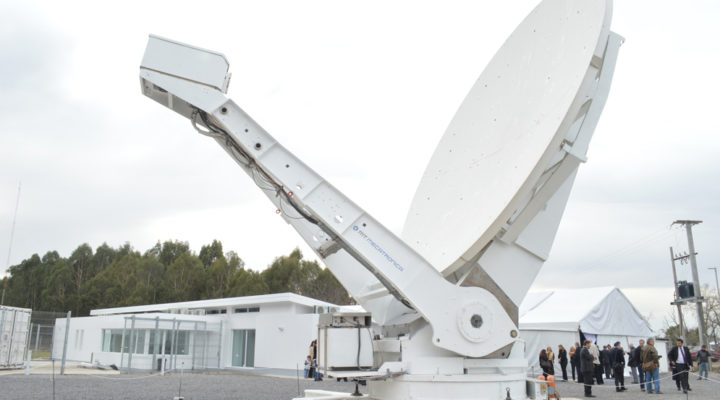INSTITUTIONAL NEWS
The Argentine-German Geodetic Observatory was selected for international real-time data transmission.
It was incorporated into a world network that provides space agencies with information on the positioning of the planets.
At the beginning of this year, the scientific and technological agreement between CONICET and the Ministry of Defense (MINDEF) was signed. This will allow the Argentine-German Geodetic Observatory (AGGO) to start a phase of full operation thanks to the incorporation of technicians of the Armed Forces who will work on two important instruments of astronomic observation 24 hours, the seven days of the week.
The agreement was so successful that after a few months of operation of this powerful instrumentation, the international community “focused on it and selected it for an important and demanding task” –stated Claudio Brunini, CONICET researcher and general scientific coordinator of AGGO. Besides, it became member a reduced world network of radio telescopes that are in charge of a series of observations along 2020.
Those two manually operated are one radio telescope to observe quasar, that is to say, astronomical objects infinitely distant which are consider still and serve to study the position of the Earth, and a laser telescope that takes pictures of artificial satellites. “All the instruments of AGGO work in coordination with international services and their presence provides a great contribution to the southern hemisphere, a part of the world in which there aren’t telescopes of this type”, Brunini states.
“On the whole, the radio telescopes of the world are approximately 50 and AGGO is conducting regular everyday observation as any other. For next year, apart from this routine work, we are going to perform a specific task within this small nucleus, which implies greater responsibility. We feel really proud for that.”. Brunini concludes.
AGGO was created in 2015 as a joint initiative between CONICET and the Federal Agency for Cartography and Geodesy (BKG), and since then it has worked in Parque Pereyra Iraola in Berazategui. This is a geodesic instrument within the International Terrestrial Reference Frame, a world network that can accept the infrastructure of space data and contributes to the monitoring of tectonic processes and global change.
Press Scientific and Technological Center (CCT) La Plata
